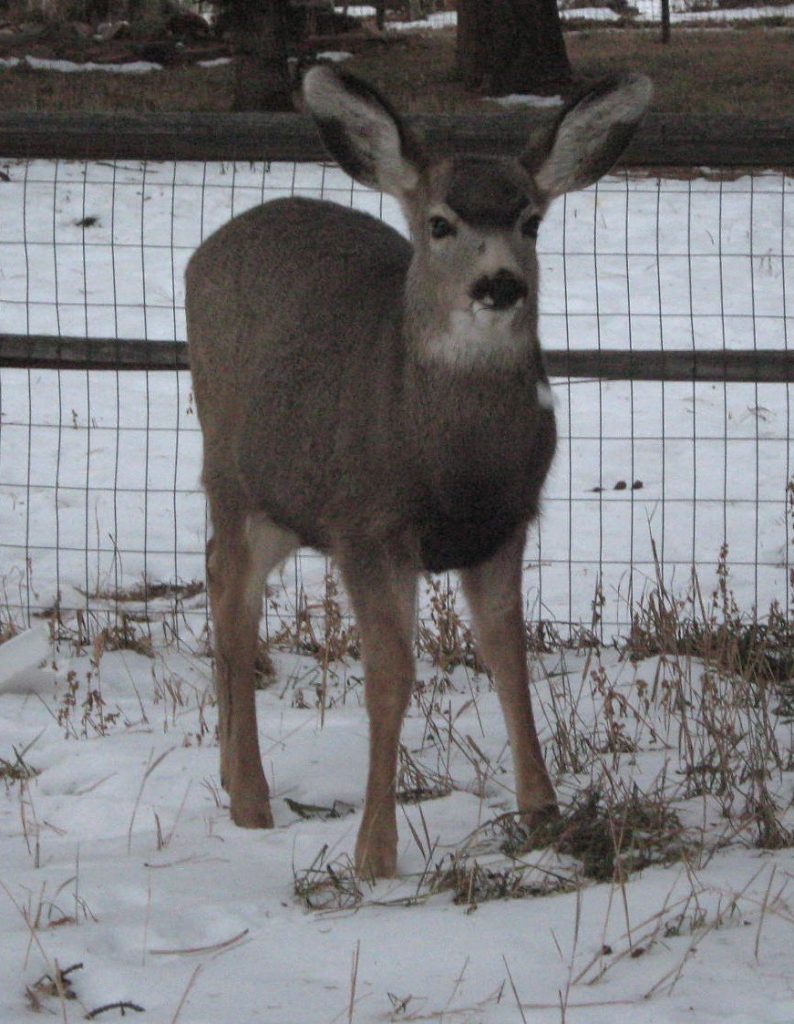
Photo by Jimmy Laverty
When it comes to making mindful choices about what we eat, venison, the meat derived from deer, elk, and other animals, often stands out as a wholesome and eco-conscious option. Venison boasts a multitude of advantages that make it a compelling choice for those seeking a nutritious, environmentally friendly, and flavorful addition to their diet.
First and foremost, one of the benefits of venison is a lean protein powerhouse. With lower fat content compared to many other meats, it’s a smart choice for individuals looking to increase their protein intake without an excess of saturated fats. Moreover, it’s naturally low in saturated fat, which makes it a heart-healthy alternative.
Beyond its protein content, venison is rich in essential vitamins and minerals, including B vitamins, iron, zinc, and selenium, all vital for various bodily functions. Notably, it contains omega-3 fatty acids, which are renowned for their heart-protective properties and benefits to brain function.
Venison’s environmental footprint is also noteworthy. Hunting for venison often has a lower environmental impact compared to the extensive livestock industry. Plus, hunting helps maintain healthy deer populations, benefiting ecosystems and mitigating overgrazing.
Venison offers a unique, slightly sweet, and earthy flavor that can add variety to your culinary experiences. From steaks and roasts to ground meat for burgers and casseroles, and of course, for making jerky, the versatility of venison in the kitchen is impressive.
Furthermore, venison can be a more sustainable and ethical meat choice, as it is often free from antibiotics, hormones, and artificial additives. For individuals with allergies or sensitivities to conventional meats, venison can be a welcome and allergen-friendly alternative.
In conclusion, the benefits of eating venison are numerous. From its healthful protein profile, low environmental impact, and unique flavor to its suitability for diverse culinary applications, venison stands as a delicious and conscious choice for those seeking a balanced and sustainable diet. Just remember to source it responsibly and adhere to ethical hunting practices to fully embrace the many advantages of this remarkable meat.
Of course, I am including two recipes for venison here. The second one that calls for deer, you can substitute any venison meat. Also, it calls for liquid smoke, but if you use a smoker, that can be eliminated.
These are both written for using your oven. But if you have a dehydrator, follow the same basic instructions or follow the instructions that came with your dehydrator.
Corn Whiskey Venison Jerky
- 2 lbs. Sliced venison 1/8″ thick
- 2 TB Worcestershire sauce
- 2 TB Soy sauce
- 1 TB Salt
- 1 tsp Ground red pepper
- 2 Cloves garlic, sliced
- 1 cup Corn whiskey (or 2 cups of red wine and no water)
- 1 cup Water
Slice the meat when it is lightly frozen.
The cuts should be long, thin, and with the grain. Cut across the grain if you want it to be more tender, but more brittle jerky.
Trim off all the fat.
Marinate strips in a glass container overnight.
You may substitute 2 cups of red wine for the corn whiskey and water.
Pat dry and arrange pieces side by side on an oven-roasting rack, without overlapping.
Cook at minimum heat (150F) for 6 hours. Leave the oven door ajar to allow moisture to escape. (See the note about using a convection oven Click Here).
The jerky should be dark and dry, then stored in a cool place, in an airtight container.
Smokey Deer Jerky
- 1 1/2 To 2 lbs. lean boneless deer meat, partially frozen
- 1/4 cup Soy sauce
- 1 tb Worcestershire sauce
- 1/4 tsp Ground pepper
- 1/4 tsp Garlic powder
- 1/4 tsp Onion powder
- 1/4 tsp Hickory smoked salt
- 1/4 cup Firmly packed brown sugar
- 1 small bottle of liquid smoke
- Trim all fat from the meat.
- Slice the meat as thinly as possible.
- In a bowl, combine the remaining ingredients. Stir until dissolved.
- Add the meat and mix well.
- Cover and refrigerate overnight.
- Shake the excess liquid from the meat and arrange it in a shallow pan or cookie sheet.
- Dry the meat in a 150- or 200-degree Fahrenheit oven until dry and brown, a minimum of 8 hours.
- Cool, remove from the pan, and store in a glass jar.
More Links You Might Like
Tasty Venison It starts by answering the question, What is Venison?
Venison and Elk Jerky Recipes – more recipes for you to sample.
